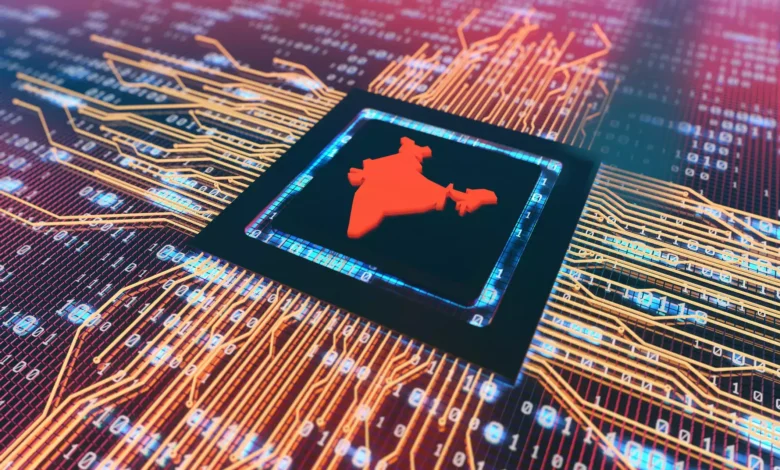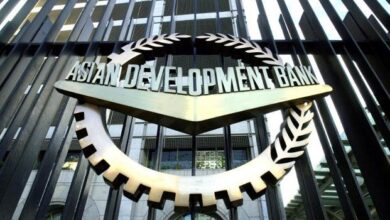
India’s digital public infrastructure (DPI) has been praised for its revolutionary impact on the nation’s rate of financial inclusion in a G20 document produced by the World Bank. In addition to other ecosystem factors and policies, the document emphasises the impact of the JAM (Jan Dhan-Aadhaar-Mobile) trinity in raising India’s rate of financial inclusion from 25% in 2008 to over 80% in the preceding six years. The private sector has benefited from increased efficiency and cost savings because to the DPI network, which has also made it possible to transfer $361 billion directly to beneficiaries.
The government’s innovative actions are highlighted in the document, as well as how crucially government regulations and policy have shaped the DPI environment. According to the document, DPI has had a profoundly positive influence on India that goes far beyond inclusive finance.
The statement emphasised the novel actions done by the Modi administration as well as the crucial part that government policy and regulation played in determining the landscape of digital public infrastructure (DPI). India has created some of the best digital public goods infrastructure, which has the potential to transform lives all across the world. It lists important policy initiatives including UPI, Jan Dhan Aadhaar Mobile (JAM) Trinity, Pradhan Mantri Jan Dhan Yojana (PMJDY), ONDC, CoWin, and financial inclusion.
The Prime Minister of India, Narendra Modi, is attempting to position India as a technological leader of the Global South, giving a public-private partnership model to the world to assist in resolving key global concerns such as digital identification, digital payments, etc. The cornerstone of the digital economy and digital skilling initiatives is extending the benefits of digitalization to underserved sectors of the global economy, which is crucial for developing nations like India. India has urged for a cooperative approach to developing effective regulations for emerging technologies like cryptocurrencies and AI, while also taking a strong stance on these topics domestically, at times at odds with current global consensus stances.
According to Nilekani, founding chairman of UIDAI (aadhar), India is fundamentally transitioning from a collection of offline, unofficial, low-productivity micro-economies to “a single online, formal, high-productivity mega economy” over the course of the next 20 years.
He thinks that a novel strategy for addressing society’s issues, known as digital public infrastructure (DPI), has made this possible.
“While DPIs’ role in this leapfrogging is undoubtable, other ecosystem variables and policies that build on the availability of DPIs were critical. These included interventions to create a more enabling legal and regulatory framework, national policies to expand account ownership, and leveraging Aadhaar for identity verification,” the document states.
The JAM Trinity has accelerated financial inclusion rates from 25% in 2008 to over 80% of adults in the previous six years, a trip that has been sped up by as much as 47 years because to DPIs, according to the research. It should be mentioned that since the program’s inception, the number of PMJDY accounts opened has tripled, from 147.2 million in March 2015 to 462 million by June 2022, with women owning 56 percent of them, or more than 260 million accounts.
Jan Dhan Yojna encourages women to save-
“The Jan Dhan Plus program encourages low-income women to save, resulting in over 12 million women customers (as of April 2023) and a 50% increase in average balances in just five months, as against the entire portfolio in the same time period. It is estimated that by engaging 100 million low-income women in savings activities, public sector banks in India can attract approximately ₹25,000 crore ($3.1 billion) in deposits,” the document states.
World Bank’s statement on UPI
According to the World Bank statement, UPI saw more than 9.41 billion transactions in May 2023 alone, totaling nearly 14.89 trillion in value. “For the fiscal year 2022–23, the total value of UPI transactions was nearly 50 percent of India’s nominal GDP. The UPI-PayNow interlinking between India and Singapore, operationalised in February 2023, aligns with G20‘s financial inclusion priorities and facilitates faster, cheaper, and more transparent cross-border payments,” adds the World Bank document.
Earlier in August this year, Nandan Nilekani, chairman and co-founder, Infosys and founding chairman, UIDAI (Aadhaar) stated, the UPI network currently holds the title of largest payment platform in the world, processing an astounding 9.96 billion transactions per month. Notably, the UPI system, which has 350 million users, enables digital payments through QR codes at around 50 million retailers nationally.
The tremendous financial inclusion story in India, according to him, has been driven by the trinity of Aadhaar, KYC, and Jan-Dhan Yojana, and this revolution started with Aadhaar.
Please, also have a look into : India likely to announce G20 Digital Museum with artefacts from member and guest countries



